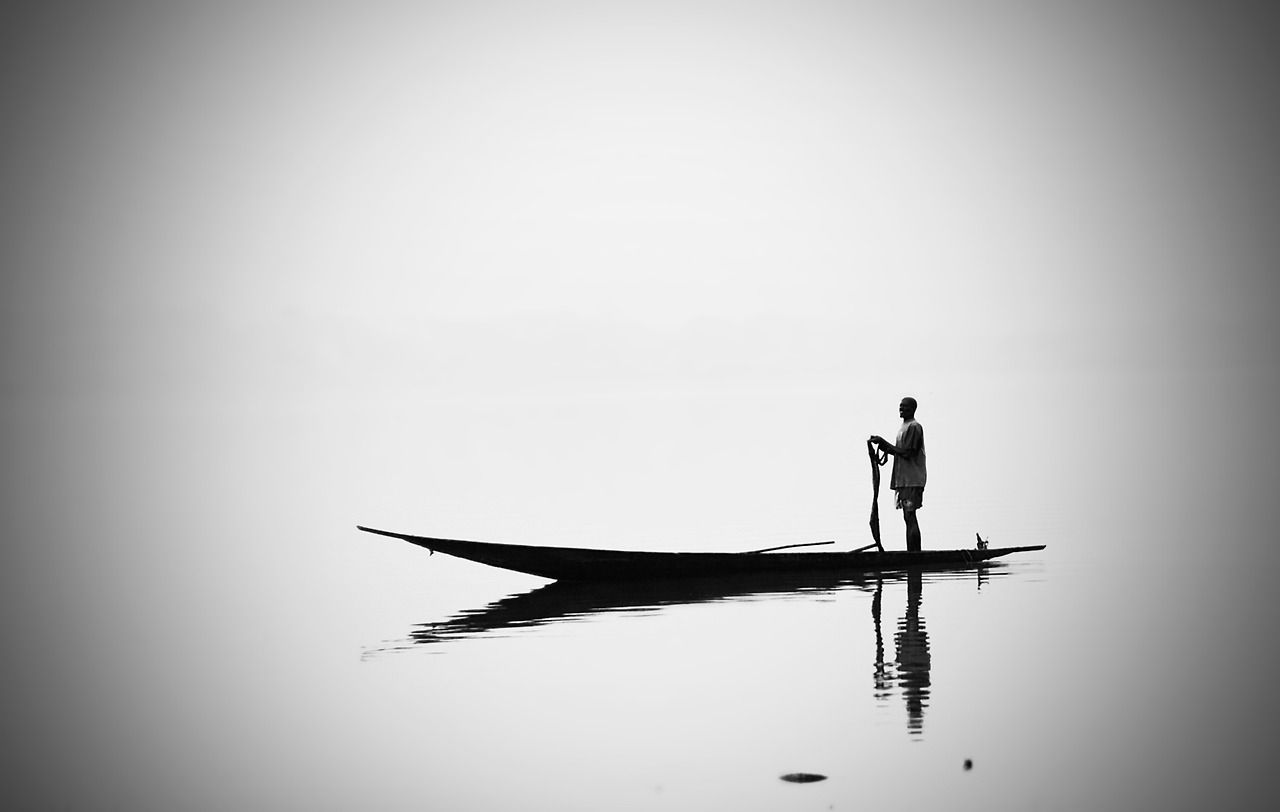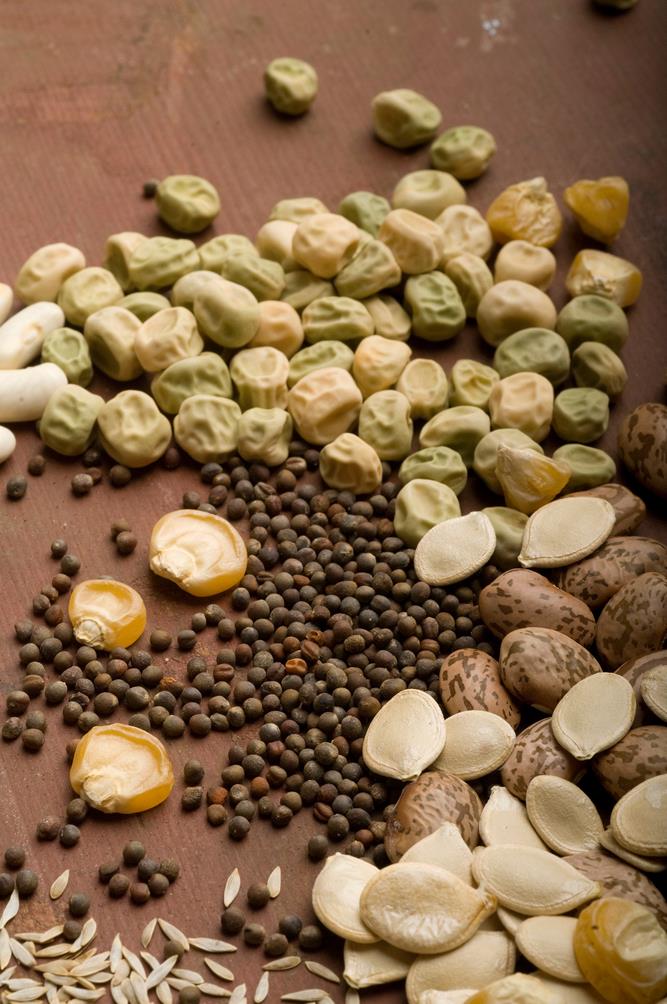PICTURE: “We are limited to one vessel, with nowhere else to go.” Collections of the Smithsonian.com Annual Photo Contest, Rowan Mark McGann
A New Way for Stewardship of Mother Earth: Indigeneity
Smithsonian geographer Doug Herman proposes a return to sustain-able solutions, based on the path laid by Indigenous peoples for millennia.
“THE SAIL PLAN WE ARE ON is not sustainable.” These are the words Nainoa Thompson, navigator of the Hawaiian voyaging canoe Hōkūleʻa, used to explain why that canoe was embarking on its current voyage around the world: the “sail plan” of modernity is destroying our ability to live on this Earth, and the time to act is now. As a microcosm of the Earth, the voyaging canoe is a perfect model and metaphor for how to live on this planet. There is even a Hawaiian proverb, “The canoe is an island, the island is a canoe.” The same principles apply in both cases, and for the Earth as a whole: we are limited to one vessel, with nowhere else to go. What we have is all we have. How do we make it sustainable?
Instead of more modernity, or post-moderity, we need what we might call “indigeneity.” All of our ancestors were indigenous once, somewhere. Indigeneity is a way of being in the world: being indigenous to a place means having a depth of knowledge, understanding and connection to that place. Indigeneity also includes a sense of stewardship and responsibility for managing that place and working respectfully with its non-human inhabitants. Prior to that shift away from agrarian society that took place with the Industrial Revolution, most people on this planet retained some degree of Indigeneity under this definition.
This is not a romantic notion. Romanticism was indeed a 19th-century backlash against the culture of reason, but times have changed. Instead, we need what Dan Wildcat calls “Indigenous Realism.” We have science, and it’s good, it’s strong, it’s powerful. We have technology, which can be used wisely or not. And we have traditional cultural values to tell us what wisdom is. It’s time to put these all together.
Doug Herman, September 30, 2014
……………………………………………………………………………………………….
 PICTURE: Awabakal Seasonal Calender (in development) is a project of the Awabakal Language Program, 2022.
PICTURE: Awabakal Seasonal Calender (in development) is a project of the Awabakal Language Program, 2022.
‘AWABAKAL’ – What does it mean?
‘AWABA’ IS THE WORD meaning place of flat or plain surface.
This word was used to describe what is now known as Lake Macquarie. ‘Ba” denotes place of, ‘Kal’ is the suffix used to denote the masculine or man, ‘kaleen’ would be used if you were denoting the feminine or woman. Many Aboriginal communities did not name themselves or their Country like non-Aboriginal people do. ‘Awabakal’ is a phrase that was first coined by Dr John Fraser and was first used in his publication ‘An Australian Language’ in 1892. Many languages and nations in Australia were named for western reasons using language of that land. They were named by explorers and surveyors, not local Aboriginal people.
Learning the language of the Awabakal people
North – kamari
East – muriyangl
South – kariiya
West -Kirai
Bush – kurang
Bushfire – waiyii
Clouds – yareyl
Daylight – kirin
Fog – koropan
Rain – koyiwon
South wind – kariiyawang
Thunder – mulo
Wind – wipi
Country – barai
Caves – koomerii
Creek – kiranta
Source: Jacqui Allen, Awabakal Language Team. Miromaa Aboriginal Language & Technology Ctre, Boolaroo.
…………………………………………………………………………………….
Healthy language
by Liam Price: What do we mean by ‘healthy language’? And why is it relevant?
With the loss of First Nations’ languages comes a loss of ‘landscape communication’. Connecting with the land requires a deep understanding of the various languages and traditions of this vast country. In that understanding is the knowledge of the deep web of connectedness of families, animals, ecosystems and how to sustain it (and ourselves) now and for the future. That is why it is relevant – to everyone.
………………………………………………………………………………………..
 Origin Story: A big history of everything from the big bang to the first stars, to the …
Origin Story: A big history of everything from the big bang to the first stars, to the …
DAVID CHRISTIAN sets out to answer the big questions when he created the field of ‘Big History’ with Bill Gates -the most exciting new approach to understanding where we have been, where we are, and where we are going. In Origin Story, Christian takes readers on a wild ride through the entire 13.8 billion years we’ve come to know as “history.” Focusing on defining events (nine thresholds), major trends, and profound questions, David exposes the hidden threads that tie everything together — from the creation of the planet to the advent of agriculture and beyond.
MMM … Issue 36, February – March 2023



